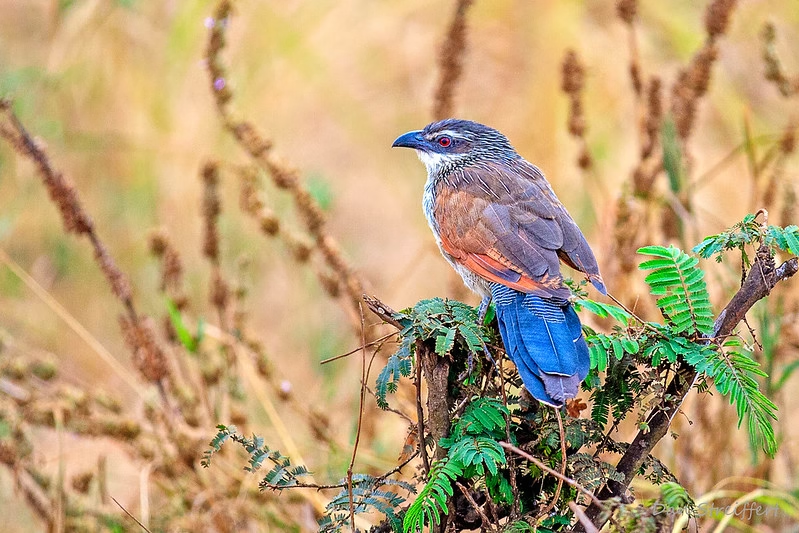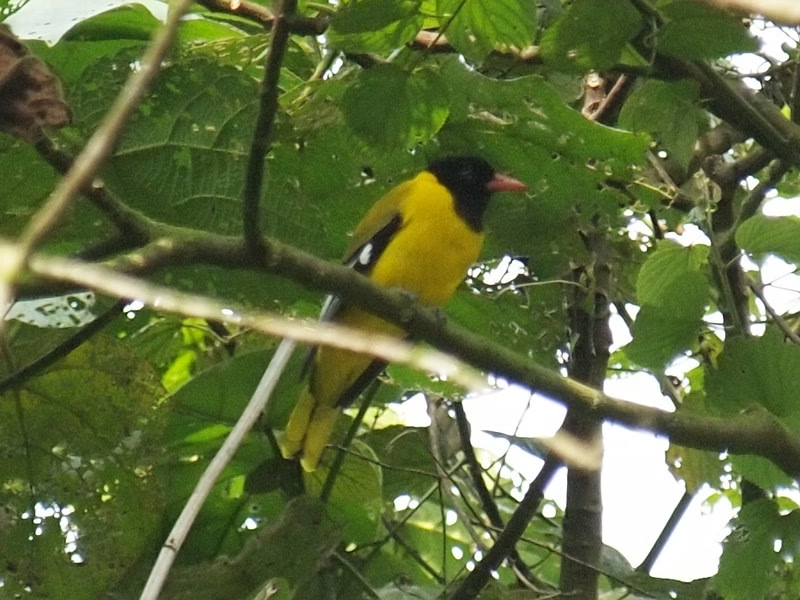Birding in Mubwindi Swamp Trail, Ruhija: A Birder’s Paradise.
Within Uganda’s Bwindi Impenetrable National Park, the Mubwindi Swamp Trail in Ruhija is a hidden gem for birdwatching enthusiasts. This trail, renowned for its rich biodiversity, offers an unparalleled birding experience that attracts both amateur and professional birders from around the globe.
With its dense forest, lush vegetation, and varied ecosystems, Mubwindi Swamp provides a perfect backdrop for spotting a multitude of bird species, including several endemics that are difficult to find elsewhere in the world.
A Rich Diversity of Bird Species
The Mubwindi Swamp Trail is a prime location for birdwatching due to its unique blend of forest, swamp, and wetland habitats. Birders can expect to see a wide range of species, from forest dwellers to wetland specialists. The trail’s popularity stems from its role in the conservation of some of the world’s rarest and most sought-after bird species, many of which are endemic to the Albertine Rift region.
Some of the key species found along the Mubwindi Swamp Trail include:
African Green Broadbill (Pseudocalyptomena graueri)

This elusive, vibrantly colored bird is one of the most sought-after species by birders visiting Uganda. The African Green Broadbill thrives in the dense forests of Bwindi, and sightings are a memorable highlight.
Grauer’s Rush Warbler (Bradypterus graueri)

This species is endemic to the swamps of the Albertine Rift and is often seen along the Mubwindi Swamp Trail, where its distinctive song fills the air.
Rwenzori Turaco (Tauraco johnstoni)

With its striking green and purple plumage, the Rwenzori Turaco is a favorite among birdwatchers. While it is more common in the Rwenzori Mountains, it can also be spotted in the lush forests surrounding Mubwindi.
Blue-headed Coucal (Centropus monachus)

Often found in the wetter areas of the swamp, the Blue-headed Coucal’s distinctive call and unique appearance make it another popular bird for enthusiasts.
Montane Oriole (Oriolus percivali)

This rare bird, found primarily in the montane forests of the Albertine Rift, is another treasure for birdwatchers along this trail.
In addition to these rarities, birders can also spot a variety of other species, such as the Yellow-eyed Black-Flycatcher, Cinnamon-chested Bee-eater, and several species of sunbirds, hornbills, and more.
The Trail’s Unique Ecosystem
The Mubwindi Swamp Trail features varied ecosystems that provide habitats for different bird species. The dense forest canopy is home to forest-dwelling birds, while the swamp areas offer shelter for wetland species. The 4-5 hour hike descends into the swamp, passing through a mix of uphill and downhill terrain, which can be steep and slippery, especially during the rainy season. The swamp itself is a lush, boggy area with tall grasses and reeds, supporting a variety of birdlife. The surrounding forest, with its towering trees and dense undergrowth, provides shelter to rare forest birds.
Best Time to Visit
The best time for birding on the Mubwindi Swamp Trail is during the dry seasons, from June to September and December to February. During these months, the trail is more accessible, and the weather is ideal for hiking. However, birders visiting during the rainy season (March to May) may spot more migratory species, offering an exciting opportunity to see both resident and migratory birds.
Tips for Birdwatching in Mubwindi Swamp
Hire a Guide
The Mubwindi Swamp Trail can be challenging to navigate, and a knowledgeable guide will greatly enhance your birding experience. Experienced guides know where to look for rare species and can help identify the various birds based on their calls and behavior.
Bring Proper Gear
Due to the swampy and sometimes muddy conditions of the trail, sturdy waterproof boots are essential. A good pair of binoculars is also crucial for spotting distant birds, and a camera with a zoom lens can help capture the beauty of the vibrant birdlife.
Be Patient and Quiet
Birding requires patience, and many of the rarer species, like the African Green Broadbill, can be elusive. Staying quiet and moving slowly through the forest will increase your chances of spotting these shy birds.
Respect the Environment
Bwindi Impenetrable National Park is a UNESCO World Heritage site, and it is vital to respect the park’s rules and preserve its delicate ecosystem. Avoid disturbing the wildlife and stick to designated trails to protect both the birds and the forest.
A Birder’s Paradise
The Mubwindi Swamp Trail is a true birder’s paradise in Uganda. With its stunning array of bird species, unique ecosystems, and pristine environment, it offers an unforgettable birdwatching experience. Whether you’re a seasoned birder or a casual enthusiast, the Mubwindi Swamp Trail promises an adventure filled with discovery and awe, making it one of the top birding destinations in Africa.
For birdwatching enthusiasts, Mubwindi Swamp is not just a place to observe birds; it is a sanctuary where rare species thrive, and every step taken in the forest unveils nature’s magnificence.

